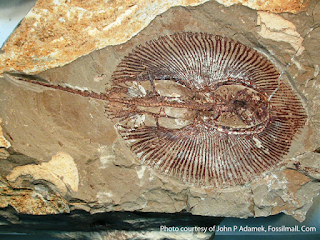We have just had a new paper accepted in Journal of Phycology that investigates the lineage diversity of the red seaweed genus Asparagopsis in Australia. This study reports a new Asparagopsis taxiformis mitochondrial lineage and demonstrates the presence of three A. taxiformis cryptic lineages along the Australian coastline. Now, together with lineage 4 found in Cocos (Keeling) Islands, and the two A. armata lineages reported from western Australia and Tasmania our work brings up to six the total number of Asparagopsis lineages in Australian waters.
 |
| Anonymous Asparagopsis lineage growing on coral colony |
The question is: are they native or introduced?
If they are introduced, their early detection is critical for determining the feasibility of either eradication or effective containment as control measures and for the establishment of subsequent conservation plans and management actions.
If they are native, the identification of cryptic endemisms is essential, although challenging, for conservation biogeography and biodiversity management strategies.
If they are introduced, their early detection is critical for determining the feasibility of either eradication or effective containment as control measures and for the establishment of subsequent conservation plans and management actions.
If they are native, the identification of cryptic endemisms is essential, although challenging, for conservation biogeography and biodiversity management strategies.


